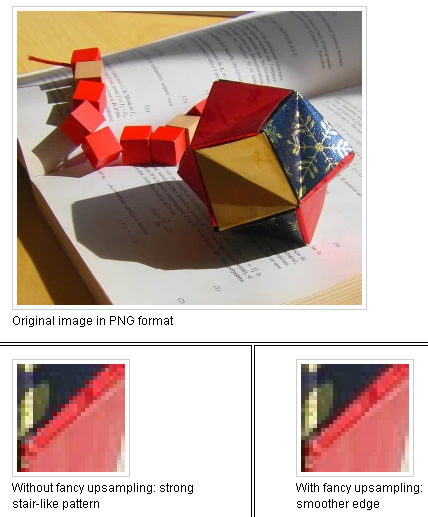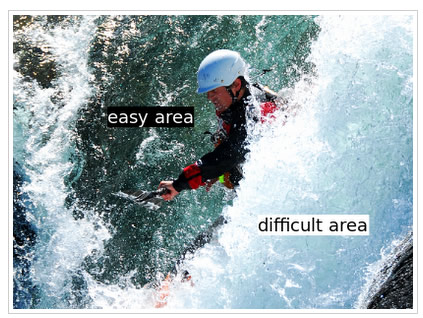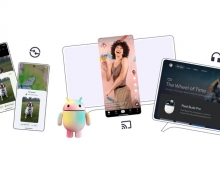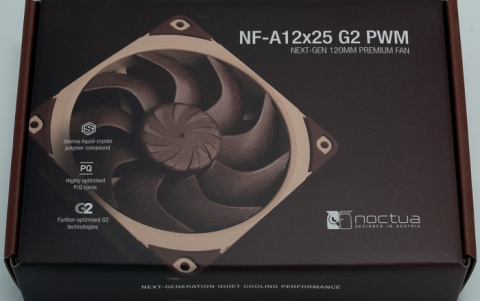
Improved WebP Already Supported By Chrome, Picasa And Gmail
Google last week announced that it has improved the WebP, a new image format based on WebM technology and the VP8 codec.
WebP is an image format it promises will speed up the Web--if the company can just convince people to use it instead of JPEG. Unveiled last year, WebP is a still-image variation of the company's open-source, royalty-free WebM video technology.
Google said that WebP's compression algorithms have been significantly improved while remaining compatible with the previous releases.
On the decoding side, Google has integrated a fancy upsampler. Fancy upsampling reduces the pixelation of strong edges.

Google also introduced the ability to incrementally decode the data as a computer downloads it from the web, a feature that allows the browser to display images without having to wait for the whole file to download. This feature is already enabled in Chrome 12.
On the encoding side, to further improve quality, Google focused on segmenting the picture into areas with similar compressibility. For each of these segments, we tune the amount of compression and filtering differently, and bits are redistributed where they are most useful.

The easy segment contains lot of disparate signals and can be compressed more than the difficult one, which will be assigned more bits. By using even more segments (up to four), WebP is now able to retain many of the original details of the image. This is in contrast to the frequent ringing artifacts one can clearly see in JPEG images.
The uneven distribution of bits between difficult and easy area is controlled in the new encoder using the -sns parameter, short for Spatial Noise Shaping. Its value can be set from 0 to 100 (0 meaning OFF) and with a default of 80. Note that when you enable SNS, PSNR may be degraded, but the overall visual quality is much improved.
Google also added simple encoding and decoding example binaries to the libwebp library. In addition, it added JNI support that allows Java programs to decode WebP images. Next up is transparency, also known as Alpha channel; Google is experimenting with it now and planning to add it to the next stable version of the codec. In parallel, the company continues to improve the codecs speed and will release a complete specification for the metadata format.
WebP is now natively supported in Chrome and Opera. Google products including Gmail and Picasa Web Albums, have also added support to WebP so users can share, send and receive WebP images. WebP support is coming to AppEngine. In addition, Google Instant Previews now store images in WebP to reduce their storage needs.
Users that want to manipulate WebP images can now do so using software developed by the community including Pixelmator, ImageMagick, the WebP format plugin for Photoshop and the Java VP8 decoder. The open-source community has also contributed support for Mac OS X with MacPorts packages, Linux Debian, OpenSUSE and Gentoo packages and the Apache HTTP Server. On Windows, users who want to view WebP images natively, can download the WebP codec. This codec brings WebP support to such software as Microsoft Office 2010, Windows Media Center and Photo Edit.
Google said that WebP's compression algorithms have been significantly improved while remaining compatible with the previous releases.
On the decoding side, Google has integrated a fancy upsampler. Fancy upsampling reduces the pixelation of strong edges.

Google also introduced the ability to incrementally decode the data as a computer downloads it from the web, a feature that allows the browser to display images without having to wait for the whole file to download. This feature is already enabled in Chrome 12.
On the encoding side, to further improve quality, Google focused on segmenting the picture into areas with similar compressibility. For each of these segments, we tune the amount of compression and filtering differently, and bits are redistributed where they are most useful.

The easy segment contains lot of disparate signals and can be compressed more than the difficult one, which will be assigned more bits. By using even more segments (up to four), WebP is now able to retain many of the original details of the image. This is in contrast to the frequent ringing artifacts one can clearly see in JPEG images.
The uneven distribution of bits between difficult and easy area is controlled in the new encoder using the -sns parameter, short for Spatial Noise Shaping. Its value can be set from 0 to 100 (0 meaning OFF) and with a default of 80. Note that when you enable SNS, PSNR may be degraded, but the overall visual quality is much improved.
Google also added simple encoding and decoding example binaries to the libwebp library. In addition, it added JNI support that allows Java programs to decode WebP images. Next up is transparency, also known as Alpha channel; Google is experimenting with it now and planning to add it to the next stable version of the codec. In parallel, the company continues to improve the codecs speed and will release a complete specification for the metadata format.
WebP is now natively supported in Chrome and Opera. Google products including Gmail and Picasa Web Albums, have also added support to WebP so users can share, send and receive WebP images. WebP support is coming to AppEngine. In addition, Google Instant Previews now store images in WebP to reduce their storage needs.
Users that want to manipulate WebP images can now do so using software developed by the community including Pixelmator, ImageMagick, the WebP format plugin for Photoshop and the Java VP8 decoder. The open-source community has also contributed support for Mac OS X with MacPorts packages, Linux Debian, OpenSUSE and Gentoo packages and the Apache HTTP Server. On Windows, users who want to view WebP images natively, can download the WebP codec. This codec brings WebP support to such software as Microsoft Office 2010, Windows Media Center and Photo Edit.




















